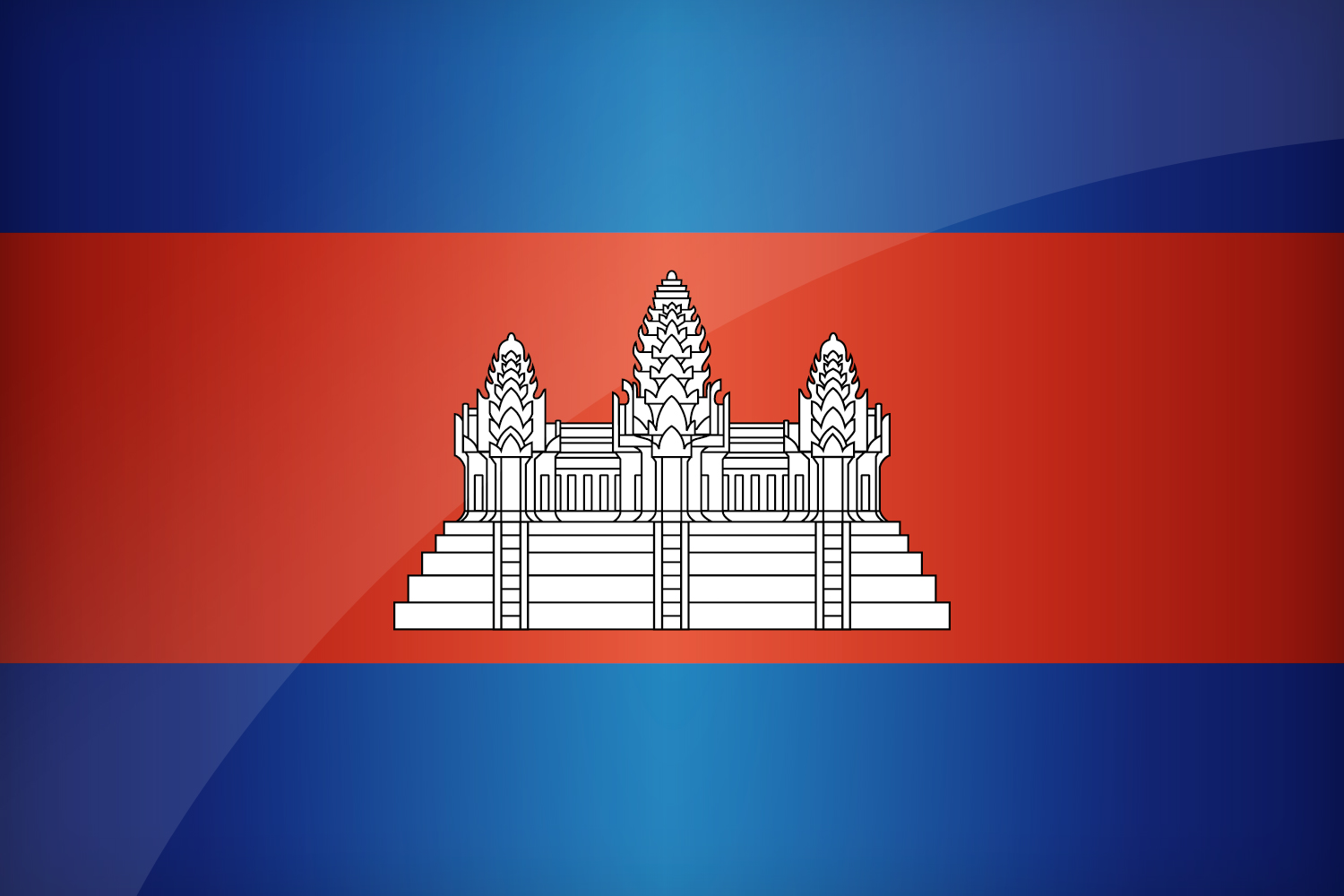
During the reign of Sihanouk, his political neutrality, that shaped the foundation of his foreign policy, had quite an effect on Cambodia's economic development. During that time, the economy of Cambodia was a mixed economic system. Sihanouk demanded that the economic side of neutrality meant either to add up to the rejection of global guide or the acceptance of foreign economic assistance from other countries.
However in 1963, the economy of Cambodia started to become inactive because Sihanouk decided to link his economic neutrality policy to the country's territorial integrity and border security. Soon after that, he rejected assistance from the US because the capital city Washington supported the Republic of Vietnam (South Vietnam), and also they rejected assistance from Thailand, as Cambodia had several and continuous disputes. Related to this, another move that was made by Sihanouk was that he nationalized trading companies, banks, insurance, and major industries, consequently causing economic deterioration between 1963 and 1969. The 1967 Samlot (Batdambang) revolt and the February 1970 government decision to exchange the old 500 riel banknotes were crucial events that contribute to the end of the Sihanouk era.
In between 1952 and 1969, Cambodia's gross national product grew about 5 percent a year, with growth higher during the 1950s than during the 1960s. In addition, the service sector played an important role in Sihanouk's mixed economic system in contrast to its position under the regimes of Pol Pot and of Heng Samrin, who considered the service sector not significant and unproductive. In 1968 the service sector accounted for more than 15 percent of gross domestic product (GDP), agriculture accounted for 36 percent, and manufacturing for 12 percent.
